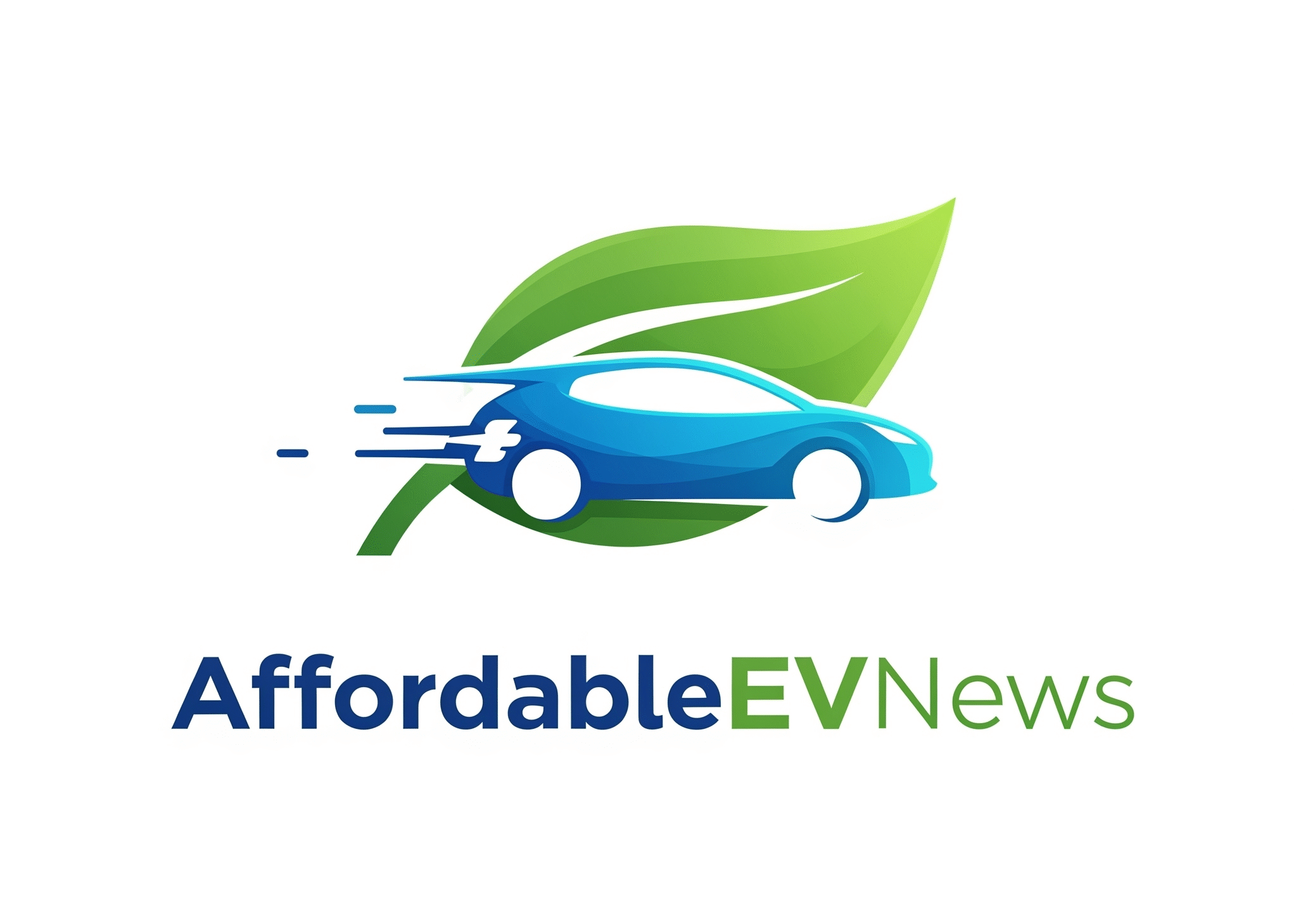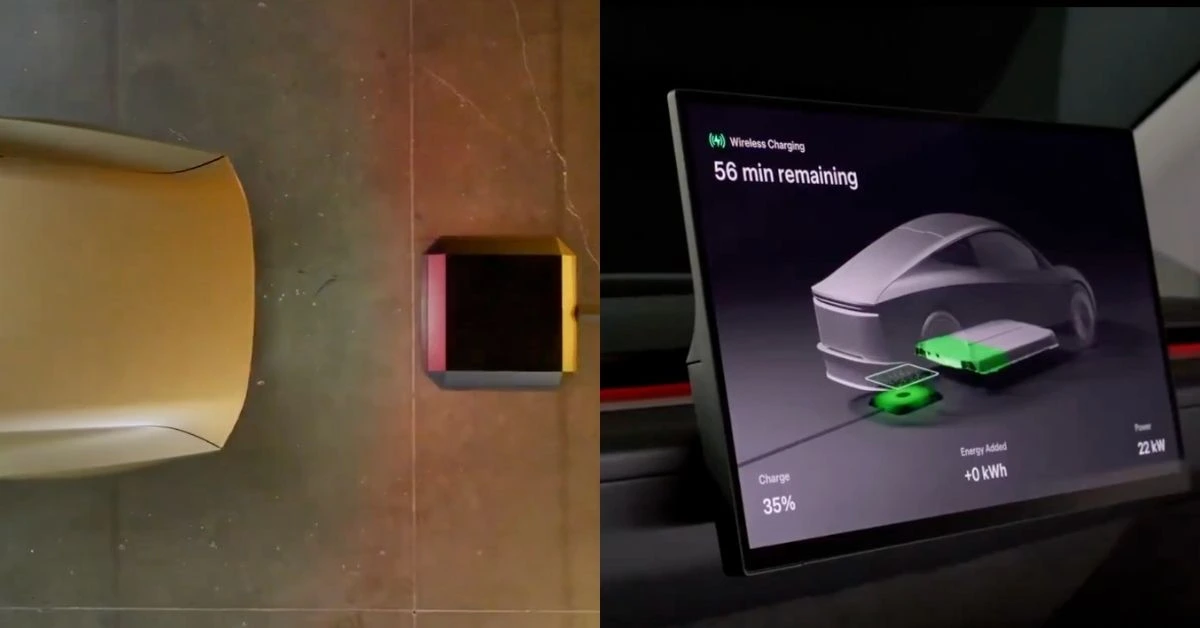Are you tired of plugging in your electric vehicle every night? Wireless EV charging—the ability to charge your car without cables—might be the next big leap for drivers in the USA. Here’s a complete guide to what it is, how it works, and when you can expect to see it become a reality in American driveways and highways.
What Is Wireless EV Charging?
Wireless EV charging lets you power up your electric vehicle (EV) simply by parking over a special pad—no plugs or cables required. This technology relies on inductive charging: electromagnetic fields are used to transfer electricity from a ground pad to a receiver under the car.
Quick Overview
- EV charging without cables for ultimate convenience
- Uses inductive EV charging (similar to wireless phone charging)
- Pads can be installed at home, workplaces, or public areas
How Does Inductive Wireless Charging Work?
Wireless EV charging technology works through a process called electromagnetic induction:
- A ground pad is installed in your garage, driveway, or parking space.
- Your EV has a receiver coil beneath the chassis.
- When aligned, the pad sends power wirelessly to the receiver.
- The energy then charges your battery safely—even in the rain.
The system is controlled by a smart interface, so charging begins as soon as you’re parked over the pad.
Types of Wireless EV Charging
There are two main types:
| Type | Description |
|---|---|
| Static wireless charging | Car stays still, parked at home or a lot (e.g., overnight garage charging). |
| Dynamic (in-road) charging | Car charges while driving over special road segments; still mostly in development. |
Dynamic wireless charging EV—sometimes called in-road wireless EV charging—is an exciting technology where roads are equipped with embedded coils, allowing cars to charge on the move.
Advantages of Wireless EV Charging
- Total convenience: No cables or plugs to handle
- Safer charging: Fewer exposed wires, reduced trip hazards
- Future-ready: Supports smart grids and vehicle-to-grid (V2G) technology
- Accessible: Helpful for drivers with mobility challenges
- Potential for public transit and fleets: Lower downtime in taxis, buses, and logistics
Wireless EV Charging Technology in the USA
Wireless EV charging USA is already being tested in select cities and pilot programs. California, Michigan, and Florida are leading with projects that aim to install wireless EV charging infrastructure on highways, city streets, and public parking areas. Meanwhile, automakers and suppliers are working on bringing EV wireless charging systems into homes and new EV models.
Current Focus Areas
- Home wireless charging for EVs: Residential solutions for houses and apartments
- Wireless EV charging cost: Technology is still more expensive than traditional chargers, but prices are dropping as adoption grows
- Wireless EV charging pilot programs: Government and private partnerships expanding in 2025
When Is Wireless EV Charging Coming for Drivers?
If you’re wondering, when is wireless EV charging coming to your city or neighborhood, here’s what’s trending in 2025:
- Residential wireless EV charging is entering early adopter phase, with products available for select Tesla, Ford, and GM models.
- Public pilot programs in major US cities are collecting data and feedback for future rollout.
- Dynamic in-road charging is still experimental but may hit small commercial zones by 2027–2028.
- Automakers are planning wider EV wireless charging technology integration into new models by the end of the decade.
What to Know Before You Invest
- Compatibility: Not all EVs come equipped with wireless charging receivers—check with your car’s manufacturer.
- Installation: Installation of a home system may require electrical upgrades or permits.
- Efficiency: Wireless systems are improving but may charge slightly slower than some fast wired options.
FAQs About Wireless EV Charging
Is wireless EV charging as fast as plug-in charging?
Most home wireless systems provide similar power to standard Level 2 home chargers, but ultra-high-speed wireless charging is still in development.
Will wireless charging increase my electricity bill?
The cost is similar to traditional charging, but actual savings can be realized if paired with smart charging or off-peak rates.
Are there wireless charging points on US highways yet?
Pilot programs exist, but widespread public in-road charging lanes are still several years away from mass deployment.
Conclusion: Is Wireless EV Charging the Future?
With ongoing expansion in wireless EV charging infrastructure, dropping costs, and new products entering the US market, this technology is set to become a mainstream solution for EV owners. By focusing on wireless EV charging USA, inductive charging, and upcoming pilot programs, you’ll be ahead of the curve as electric mobility continues its rapid evolution.

